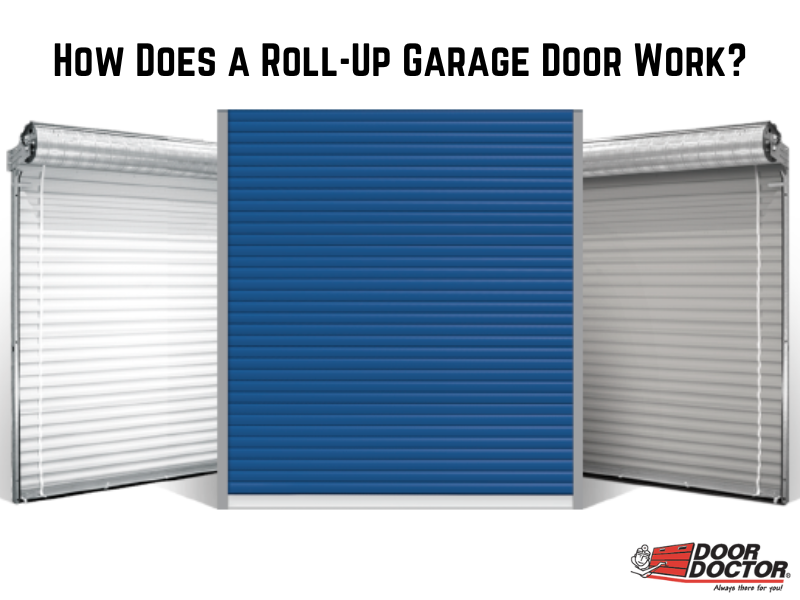
How Does a Roll-Up Garage Door Work?
Roll-up garage doors are common in homes, businesses, and industrial settings. They offer a space-saving design, ease of operation, and durability.
But have you ever wondered how these seemingly simple doors function? This blog post will unveil the inner workings of a roll-up garage door, exploring its components and the mechanics behind its operation.
Essential Parts of Roll-Up Garage Door
A roll-up garage door consists of several key parts that work together seamlessly:
- Door Slats: These horizontal interlocking slats, typically made of galvanized steel or aluminum, form the main body of the door. They are lightweight yet strong, allowing for smooth rolling.
- Bottom Rail: This sturdy metal piece acts as the door's leading edge, guiding it along the tracks during operation.
- Side Tracks: These vertical tracks, mounted on either side of the door opening, provide the pathway for the door to travel up and down.
- Drum: Located at the top of the door frame, this cylindrical barrel houses the coiled door slats when the door is open.
- Spring System: A torsion spring, typically located above the drum, counterbalances the door's weight, making it easier to open and close.
- Motor (Optional): Many rollup garage doors are equipped with electric motors for automatic operation. These motors connect to the drum or shaft, allowing for remote control opening and closing.
- Control Panel (Optional): This keypad or remote control unit transmits signals to the motor, triggering the door's operation.
How a Roll-Up Garage Door Works
Let's dissect how a roll-up garage door works:
Opening Sequence
- Activation: The process initiates when you trigger the opening mechanism, whether manual or electric.
- Drum Rotation: This action prompts the drum, linked to the slats, to rotate.
- Slats Ascend: As the drum rotates, the slats disengage from the bottom track and begin their vertical ascent.
- Coiling: Guided by the track system, the slats continue rising until they fully coil around the drum at the top of the opening.
Closing Procedure
- Reversal: To close the roll-up garage door, the sequence reverses.
- Motor Reversal or Manual Force: The motor reverses its direction, or manual force is applied in the downward direction.
- Drum Reversal: Consequently, the drum rotates in the opposite direction, causing the slats to unwind.
- Vertical Descent: Guided by the tracks, the slats descend vertically, interlocking as they go down.
- Securing Closure: Once fully lowered, the bottom slat re-engages with the track, ensuring a secure closed position.
Safety Features of Roll-Up Garage Door
Modern roll-up garage doors incorporate several safety features:
- Auto-Reverse Mechanism: This feature ensures the door automatically reverses its direction if it encounters an obstruction while closing, preventing injuries or damage.
- Bottom Bracket Safety Sensor: This sensor detects objects beneath the closing door, triggering a reversal to prevent crushing accidents.
- Emergency Release Cord: This allows manual door opening in case of a power outage or motor malfunction.
Conclusion
By understanding the components and how does a roll-up garage door works, you gain a deeper appreciation for its functionality and safety features. This knowledge can also empower you to make informed decisions regarding maintenance, repairs, and potential upgrades for your roll-up garage door system.
Contact Door Doctor today to learn more about roll-up garage door and to get one for your home or office!





